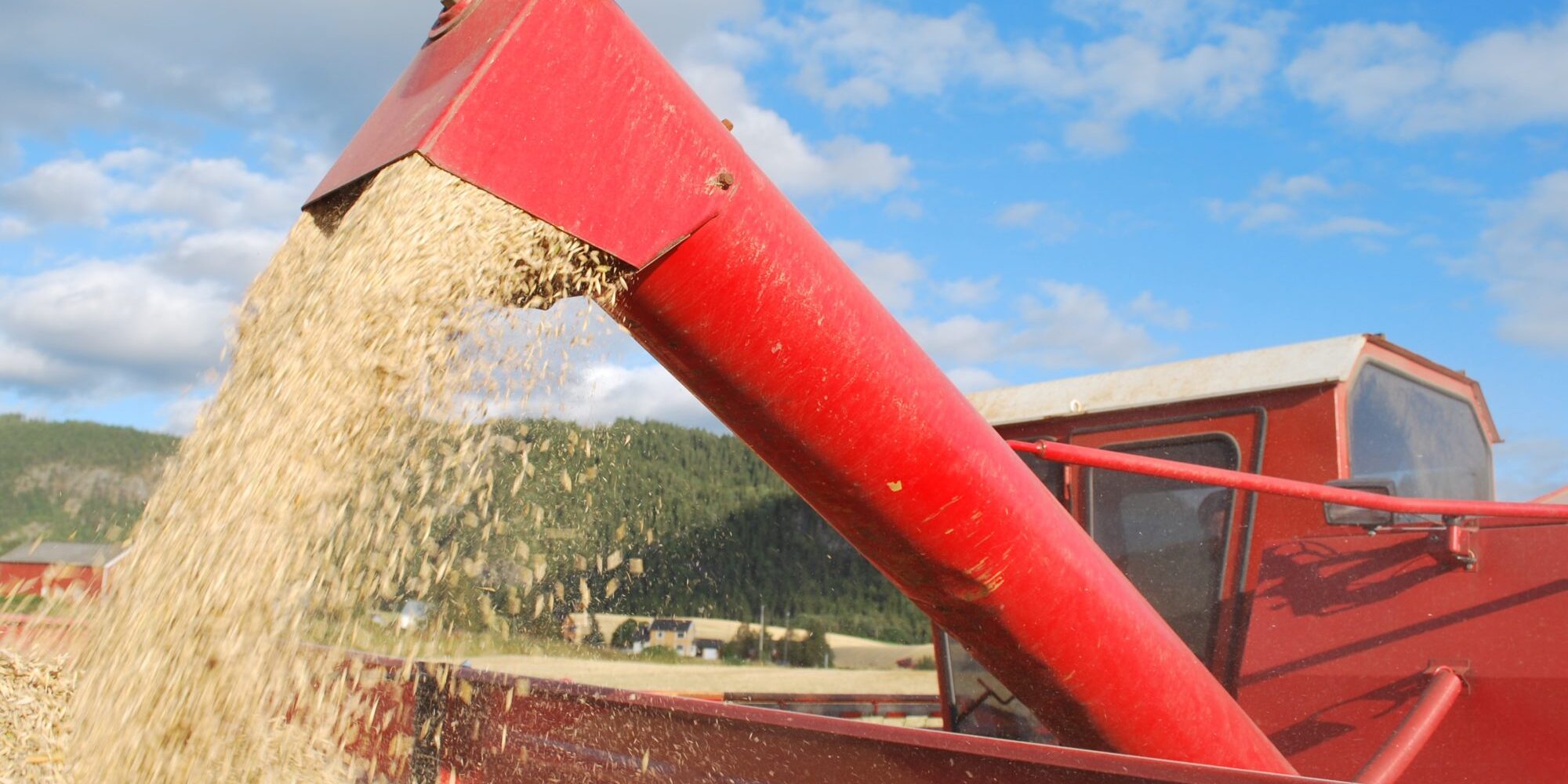
The Grain, the War and our Food Security
Author
Published: 20 May 2022
Last updated: 20 May 2022
Share article:
The war in Ukraine changes all preconditions for current Norwegian food security policy. I believe that a broad review that includes all societal interests is necessary.
War breeds food shortages, food shortages breed war. But it’s more complicated than that. Today, the war in Ukraine is triggering what could be the third and worst global food crisis since World War II. This has brought the debate on grain storage to the top of the political agenda.
The first food and raw material crisis, 1973-75, was triggered by the Yom Kippur War. It coincided with crop failures in the Soviet Union,formerly Russia and Ukraine. In Norway, we remember this crisis best for the car-free Sundays and the picture of King Olav taking the Holmenkollen tram.
The second major crisis, 2008–2012, came after two of the most important exporting countries, Australia and Ukraine, had crop failures in both 2006 and 2007, while the EU had a weak grain year. This led to the world’s grain stocks dropping to a low point of approximately 75 days consumption in 2008.
Then came the international financial crisis which created unrest in all markets. In June 2008, the price of North Sea oil peaked at close to $150 per barrel. This was a tripling from the previous year. The same type of price increase affected grain, fertilizers and many other raw materials. Many exporting countries became nervous about their own citizens’ food supply and introduced export bans or other export restrictions that made the crisis worse. One of the most important lessons is that when inventory levels are low, both markets and politicians get anxious.
This was the backdrop when the Arab Spring began as a result of a revolt against the regime in Tunis in December 2010. The uprising spread rapidly. In February 2011, Egypt’s president was overthrown after almost 30 years in power. One of the main reasons was food prices, which had doubled from couple of years before. In a poor country, where most people spend half their income on food, it goes without saying that a doubling of food prices leads to rebellion.
This shows that such crises are complex and develop over time in an unpredictable way, and that the most serious crises occur when political and ecological problems coincide. This time, the crisis comes in addition to – or right after – the worst pandemic in a hundred years.
If the war in Ukraine ended today, it would still cast shadows on international food and commodity supplies for many years. If the war does not end, a large part of the world’s food production will fall away. Climate and environmental crises, with more frequent periods of drought, may make it impossible for other countries to compensate for the loss. In that case, more drastic measures may be necessary – for example the downsizing of meat production may force itself forward.
In the Norwegian debate, the Solberg government insisted that publicly controlled emergency storage was not necessary, and there was no shortage of professionals who could calculate that storage costs more than it saves. The reasoning was that Norway has the money to buy the grain that is needed even in a crisis situation where the price of grain multiplies, and moreover, market participants are best suited to assess risk and what stock volumes are needed.
The Solberg government’s conclusion presupposes great faith in the market, little faith that serious crises can arise and a cynical attitude that we in the rich part of the world can supply ourselves with what we need when we need it. With the war in Ukraine, all these conditions will have to be reconsidered. I have argued that it is an ethical dilemma to have as a strategy to let the crisis come, and then to solve your own problems by exacerbating it, increasing price further and buying food “out of the mouths of poor people”.
Emergency storage of grain can not only give us time to adjust when the crisis hits. It also helps to prevent a crisis and can curb its severity and duration. I believe that Norway can contribute to the international effort to maintain sufficient grain stocks.
In today’s troubled Europe, food security and civilian endurance are once again on the agenda. Even if we only look at it selfishly, it is a clear strategic gain for Norway to have emergency stocks in the country. But we must not forget that maintaining agricultural land with good agronomy and continuous food production is the most important thing. In other words, it is more important to stop the asphalting of agricultural land than to establish public grain storage.
The challenges for Norway must be taken seriously, but we must not over-dramatize. There is no danger of hunger or too few calories or proteins with us. Should the worst case scenarios strike, we have large buffers in livestock, salmon and feed materials. And the Solberg government was right that we can keep going as the highest bidder in the world market for quite some time. It is in poor, climate- and drought-stricken countries that the situation can become serious. It will not be long before there is famine, political unrest and growing refugee flows from poor countries. It is not impossible that we are now entering the greatest crisis situation since World War II.
The Støre government committed to establishing “emergency storage for grain” in the Hurdal platform already last year, but did not say much about why or how. That debate has only come now. The Minister of Agriculture and Food has suggested that storage on grain farms may be a solution. I think that this has to be a small part of the solution. It is an expensive way to do it, and we must also aim to store imported grain. That is why we need silo capacity at ports.
But the Minister has understood that it would be wrong for Norway to buy grain for stockpiling now, when prices are high and the crisis is in full flow. We have to wait until it has calmed down. This means that we have time to review the preconditions for Norwegian policy in this area on a broad basis, in a way that includes social security, civil and military endurance, environmental and climate impacts, agricultural policy and the roles of agriculture, the other food industries and feed production.
In the short term, it is urgent to stop further decommissioning of silo capacity at Norwegian ports, end the degradation of agricultural land and ensure that the current areas are used in a good way in food production. Here it is important that local authorities and politicians in the country’s grain districts act. This applies not least to Trøndelag and the Trondheim region.
This article was published in Adresseavisen and on adressa.no on 24 March 2022.
Author
Published: 20 May 2022
Last updated: 20 May 2022
